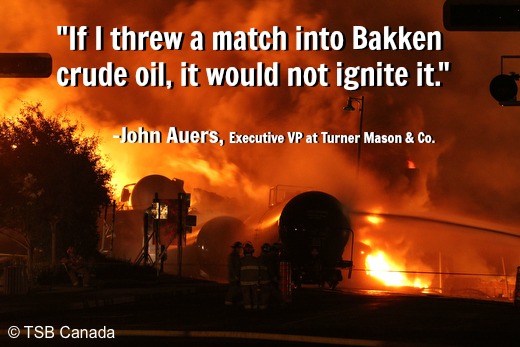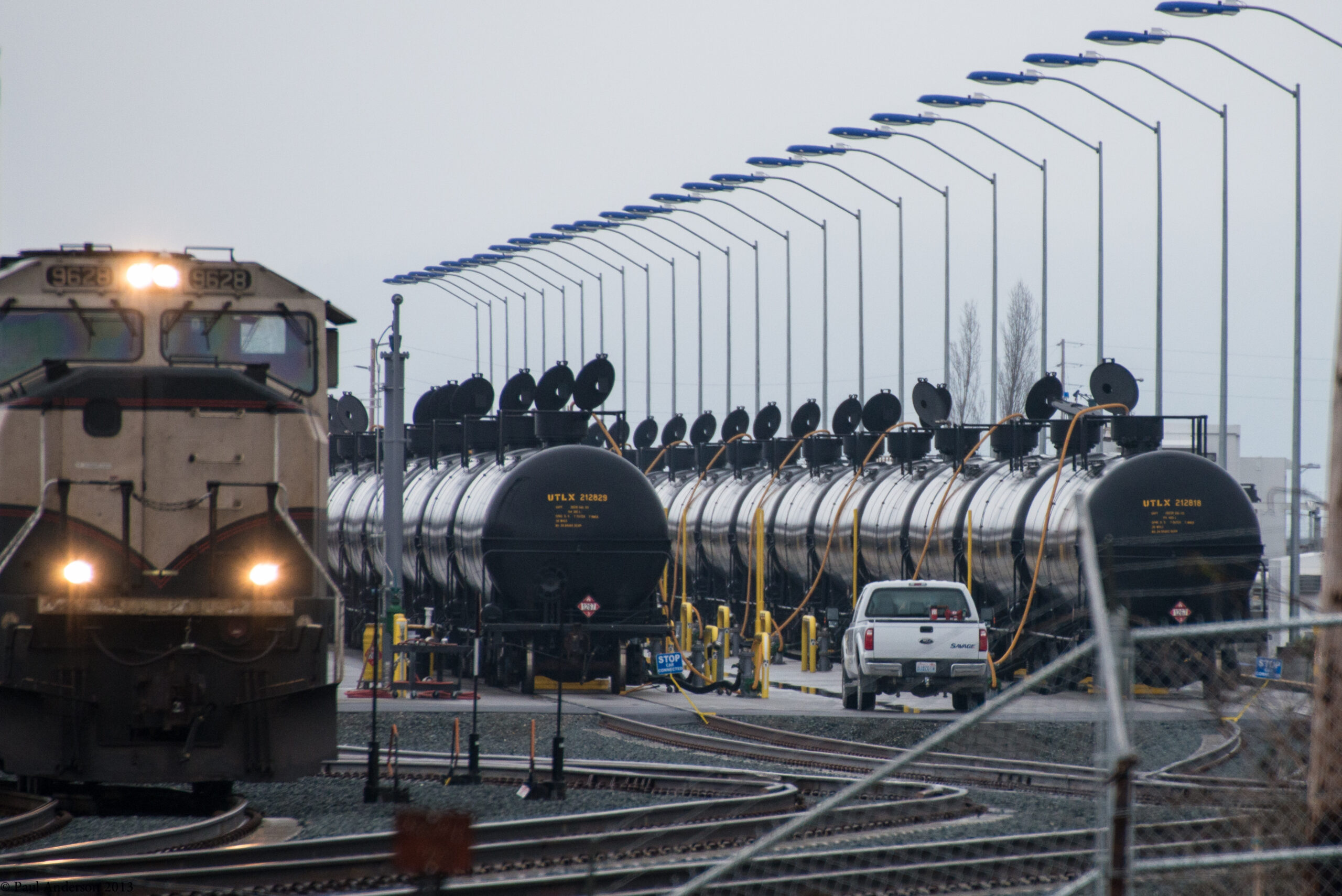[prettyquote align=right]”Tacoma, WA, is now the Northwest city most threatened by #oiltrains.”[/prettyquote]
With no fanfare whatsoever, Tacoma has claimed a new, though dubious, distinction: it is now the Northwest city most threatened by oil trains. As new research by Sightline reveals, a combined 80,000 barrels per day of crude oil—about 8 loaded trains per week—are permitted to travel on a publicly owned railway into the heart of Tacoma’s industrial area. In addition, another 15 loaded trains bound for north Puget Sound refineries can also pass through the city each week.
No other urban center in the region plays host to so much oil train capacity inside city limits.
The risks of oil trains have been made plain by the 10 catastrophic explosions that North America has seen in the last two years, to say nothing of the billion-dollar risk to the public that is virtually uninsured. The two terminals put the people of Tacoma directly in harm’s way of a fiery derailment, the likes of which have become all-too-common in the news.
Uncommonly, though, Tacoma’s local rail system is publicly owned, so unlike other places that see oil trains, the City of Destiny also bears the risk of financial catastrophe from an oil train derailment. It’s a risk so severe that even a single accident might bankrupt the city.










